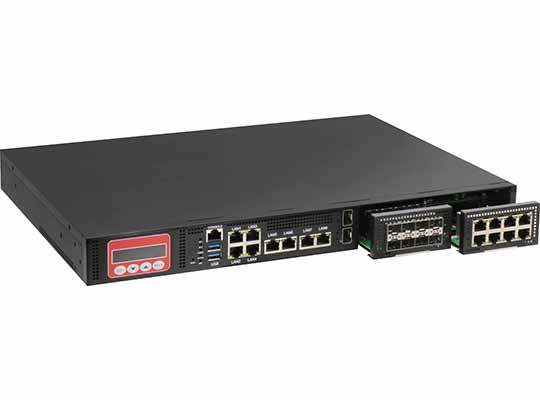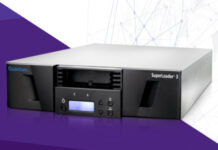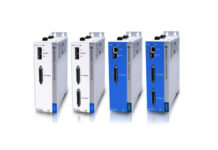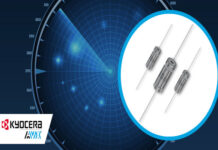Taipei, Taiwan – AAEON, a leading manufacturer of network solutions, announced the FWS-7840 rackmount network appliance. Built for higher-bandwidth and greater network flexibility, the system features the Intel Xeon W processors (formerly Comet Lake), along with eight RJ-45 ports powered by the Intel i350AM4 chipset, two expansion module bays, and support for dual SFP+ ports. The FWS-7840 delivers reliable operation for SD-WAN, Next Generation Firewall (NGFW), Unified Threat Management (UTM) and more.
As more industries and vertical markets adopt Edge Computing, leverage IoT deployments and embrace Work from Home practices, networks are facing an increased demand in not only data traffic but also data security. The FWS-7840 rackmount appliance delivers speed, power, and flexibility to adapt to the growing needs of modern network structures. The system is powered by the Intel Xeon W processors, providing greater power, higher core counts, and access to innovative technologies including Intel Deep Learning Boost.
Connectivity is key to the design of the FWS-7840, with eight RJ-45 LAN ports powered by the Intel i350AM4 chipset, allowing network managers to leverage the suite of Intel Virtualization Technology including on-chip QoS, Traffic Management and SR-IOV. The system can be expanded to meet the specific needs of each network deployment, with two Network Interface Module slots which support the entire range of AAEON’s NIM line-up. Additionally, the system can be expanded to include two SFP+ 10Gbps ports, allowing even greater bandwidth.
The FWS-7840 is built to provide reliable operation with features such as network bypass support and redundant power supply. Additionally, the system also features a Mini PCIe expansion bay (co-lay with mSATA option) to support wireless network deployments. Along with AAEON’s industry leading service and support, clients and managers can get the exact solution they need to power their network structures.















